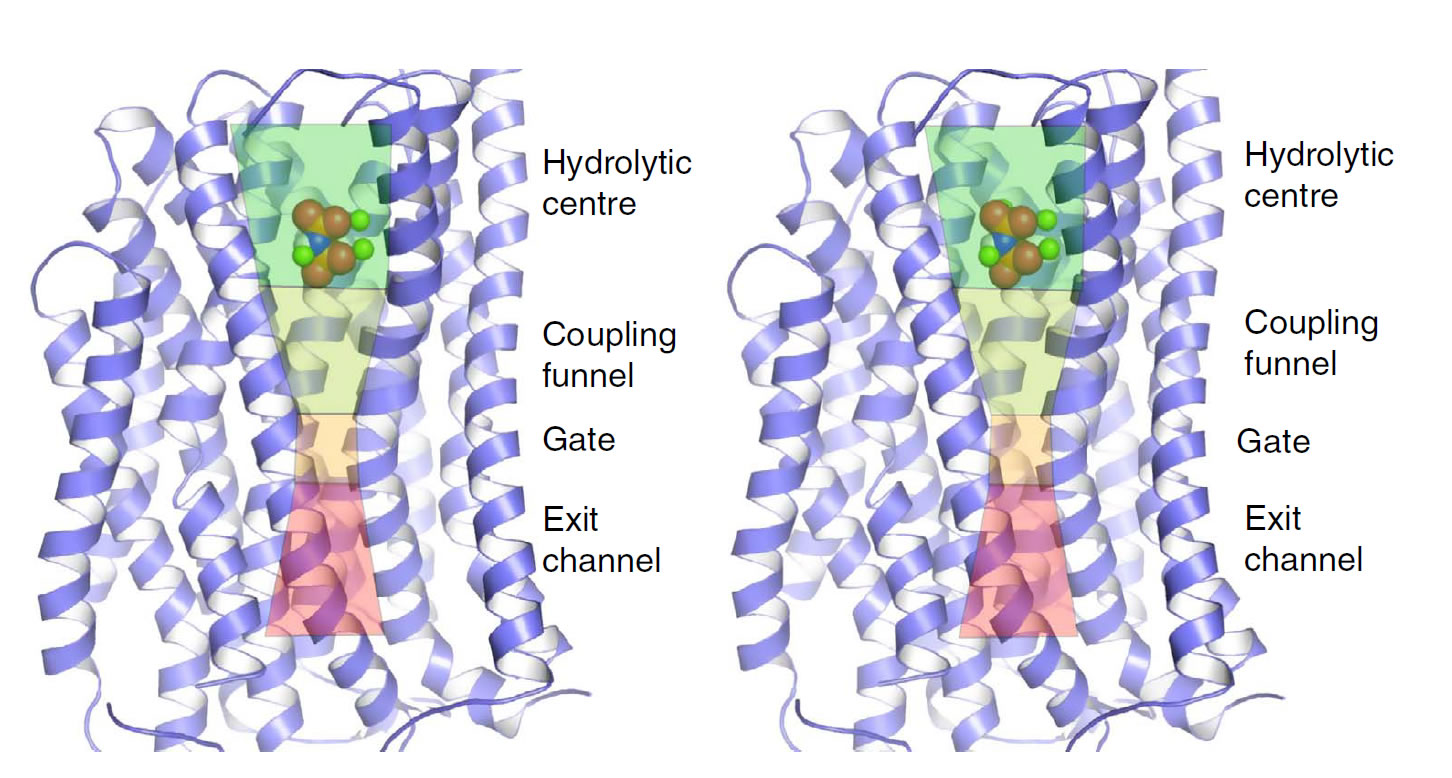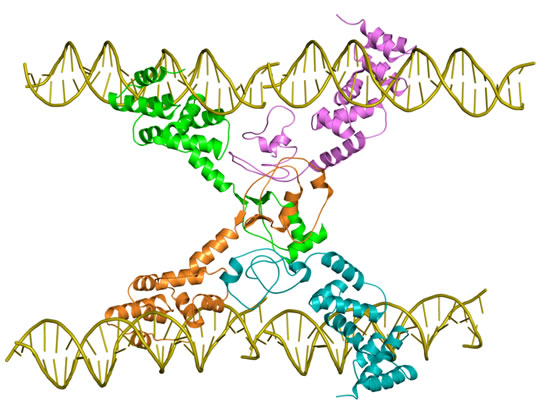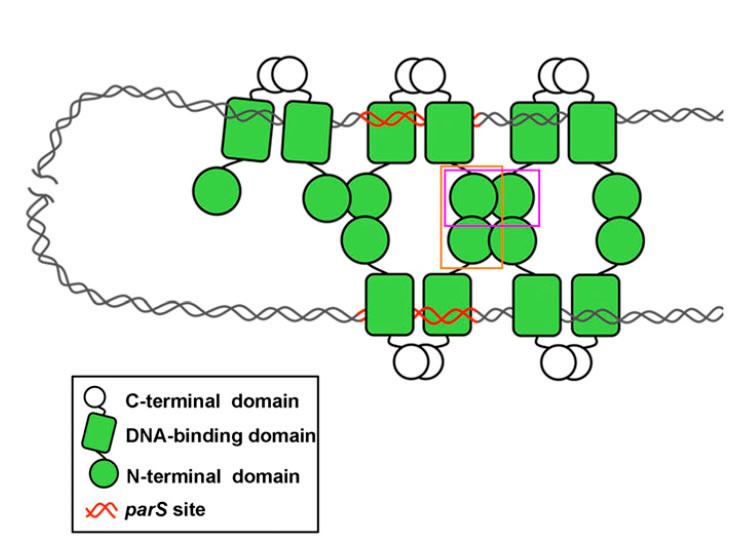|
Research Interests
We use X-ray crystallography as a tool to carry out the structural biology study of various biomacromolecules. Meanwhile, we perform the biological functional study of proteins by biochemical and biophysical methods, such as Sedimentation (Analytical Ultracentrifuge), CD (Circular dichroism), HPLC (High Performance Liquid Chromatography), ITC (Isothermal Titration Calorimetry), and SPR (Surface Plasmon Resonance) etc. The bioinfomatics and the three dimensional structure of target proteins are applied in structure based drug design. Our laboratory mainly focus in structural and functional studies of (1) Structural and functional studies of a membrane-embedded H+-translocating pyrophosphatase (2) Structural and functional studies of chromsome partition system from Helicobacter pylori (3) Structural and functional studies of human centromere protein complex.
(1) Structural and functional studies of a membrane-embedded H+-translocating pyrophosphatase
氫離子通道膜蛋白焦磷酸水解酉每的結構與功能之研究
H+-translocating pyrophosphatases (H+-PPases) are active proton transporters that generate a proton gradient across the endomembrane by means of pyrophosphate (PPi) hydrolysis. H+-PPases are found primarily in the vacuolar membrane of plants and the plasma membrane of several protozoa and prokaryotes. We determined the crystal structure of a Vigna radiata H+-PPase (VrH+-PPase) in complex with a non-hydrolysable substrate analogue, imidodiphosphate (IDP), at 2.35? resolution. VrH+-PPase comprises an integral membrane domain formed by 16 transmembrane helices. A novel proton translocation pathway is created by six core transmembrane helices. We proposed a working model of the mechanism for the coupling between proton pumping and PPi hydrolysis by H+-PPases.

(2) Structural and functional studies of chromsome partition system from Helicobacter pylori
胃幽門螺桿菌中染色體分配系統的結構與功能之研究
Spo0J (stage 0 sporulation protein J, a member of the ParB superfamily) is an essential component of the ParABS (partition system of ParA, ParB, and parS)-related bacterial chromosome partition system. ParB (partition protein B) and its regulatory protein, ParA, act cooperatively through parS (partition S) DNA to facilitate chromosome partition. ParB binds to chromosomal DNA at specific parS sites as well as the neighboring nonspecific DNA sites. Various ParB molecules can associate together and spread along the chromosomal DNA. ParB oligomer and parS DNA interact together to form a high-order nucleoprotein that is required for the loading of the structural maintenance of chromosomes proteins onto the chromosome for chromosomal DNA condensation. In our lab, we have determinned the complex structure of Spo0J with parS DNA and purposed the DNA looping model by Spo0J-mediated. Currently, the overall structural and functional studies of chromosome partition system are ongoing.
 
(3) Structural and functional studies of human centromere protein complex
人類著絲粒蛋白複合體的結構與功能研究
The centromere is an impotant part of a chromosme to link sister chromatid. During mitosis, spindle microtubules attach to the centromere via the kintochore, followed by segregation of sister chromatids into daughter cells.The centromere protein A (CENP-A), a histone H3 variant, is required for targeting to the centromere, and forms a centromeric-specific nucleosome with histones H4, H2A, and H2B. CENP-B is a highly conserved protein that specifically binds a 17 bp CENP-B box DNA sequence located at the entry/exit regions of the CENP-A nucleosome. Recent studies indicated that the DNA binding domain (DBD) of CENP-B directly interacts with CENP-A to form a more stable complex on a-satellite DNA. Currently, we will first determine the molecular interaction of CENP-A-H4-CENP-B-DNA complex by crystallization. Next, we will further investigate the cellular regulation of CENP-A and CENP-B during mitosis.
|
1. X-ray diffraction X-光繞射方法的研究 2. Macromolecule
crystal structure determination 巨分子晶體結構的鑑定
3. Structure and function 分子三度空間結構與生物功能的研究
4. Computer modeling and simulation 分子模型的計算及電腦模擬
5. Bioinformatics 生物資訊的分析與應用
6. Drug design 生物分子的立體結構與藥物醫學的應用
|

